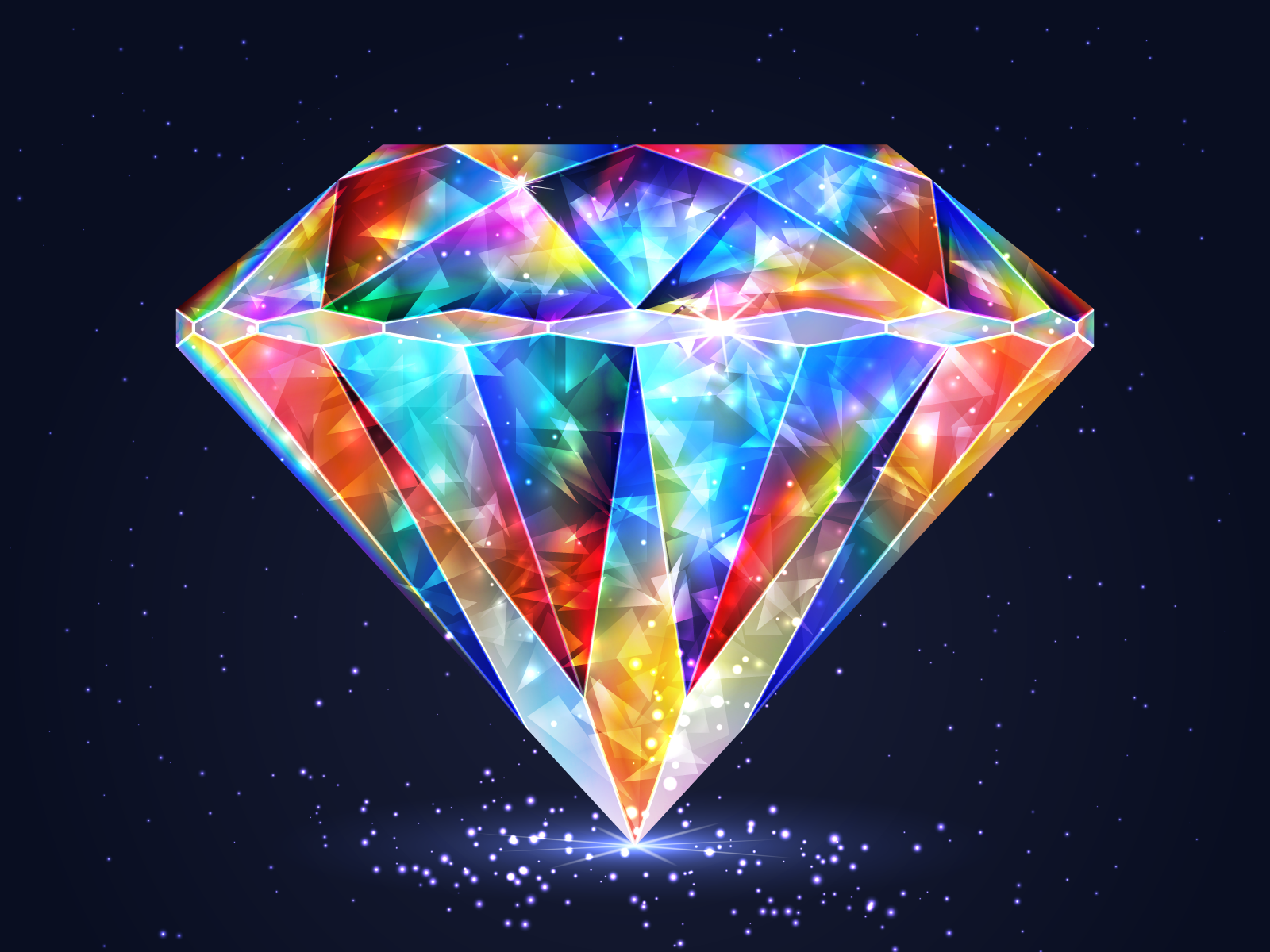
When embarking on the enthralling journey of selecting a diamond, one might ponder the intricate tapestry of shapes that these magnificent gemstones adopt. A whimsical question arises: which diamond shape garners the crown for being the most exorbitantly priced? This inquiry propels us into a realm of aesthetic preferences interwoven with market considerations, craftsmanship, and an understanding of the nuances inherent in different diamond shapes.
To navigate this intricate landscape, it is imperative to examine the characteristics of various diamond shapes. Each shape, or cut, possesses unique attributes that can influence its value significantly. The scintillating brilliance of a diamond is dictated not only by its carat weight and clarity but also by the artistry of its shape, which in turn reflects the craftsmanship of the gem-cutter. An analysis of the most prominent diamond shapes will elucidate which ones consistently achieve the highest price points.
One of the paramount contenders in the realm of diamond shapes is the renowned round brilliant cut. Universally acknowledged for its timeless elegance, the round cut boasts 58 facets that are artfully engineered to maximize the stone’s sparkle. This shape has a storied pedigree, often associated with classic solitaire engagement rings. Given its widespread popularity, particularly in Western cultures, the round brilliant cut frequently commands a premium, making it a formidable competitor in the quest for the most expensive diamond shape.
Yet, the competition does not rest solely on round brilliants. Enter the radiant cut, a hybrid of both the square and brilliant cuts. The radiant cut has gained traction for its unique combination of geometric beauty and vibrant sparkle, boasting trimmed corners that create a sophisticated aura. The interplay of light within its numerous facets can yield variance in pricing, yet when executed with ingenuity by seasoned artisans, it can also ascend to remarkable financial heights.
Next, we delve into the realms of fancy shapes, which include emerald and princess cuts. The emerald cut is lauded for its classic and understated elegance. This step-cut style emphasizes clarity over sparkle, often showcasing the gemstone’s inherent color and uniqueness. Due to its intricate craftsmanship and the precision required in its execution, top-quality emerald cuts can demand prices that rival their round counterparts, particularly when imbued with exceptional clarity and color.
On the other end of the aesthetic spectrum lies the princess cut, a modern variant that has surged in popularity since its inception in the late 20th century. With its dynamic appearance, the princess cut utilizes intense sparkle, amplified by its unique faceting that blends the meritorious traits of both the round and square cuts. This rising celebrity of the diamond world holds a captivating allure, and while it may not always surpass the round brilliant in price, its modern appeal draws a significant following eager to invest in its vivacious charm.
However, the quest for the crown does not culminate here. One cannot overlook the allure of the pear-shaped and marquise-cut diamonds. The pear shape, a fusion of round and teardrop aesthetics, captivates with its unique silhouette. This shape, when well-proportioned, tends to elongate the appearance of the hand, adding an element of elegance that many find irresistible. The marquise, an elongated shape with pointed ends, shares this quality of elongation and has its own storied history, having been favored by royalty for centuries. Due to their rarity and the precision needed to maximize their visual impact, both pear and marquise cuts can secure prices significantly above average, depending on quality and market trends.
As one evaluates which shape reigns supreme in terms of pricing, it becomes abundantly clear that scarcity, desirability, and individual craftsmanship play pivotal roles. The intrinsic qualities of each diamond shape must also be considered. For instance, while a round brilliant cut may frequently fetch higher prices due to its popularity and demand, a palate of consumers enamored with unique shapes can elevate the value of a well-crafted fancy cut, making it a formidable competitor in the pricing discourse.
Market trends introduce another layer of complexity. The preferences of consumers evolve, influenced by cultural shifts, celebrity endorsements, and contemporary design trends. As tastes transition, certain diamond shapes may surge in popularity, impacting their market value. A diamond’s provenance, including origin and certification, must also be factored into the valuation equation, as ethically sourced stones may achieve higher prices in an increasingly conscientious consumer landscape.
In summation, the quest for determining the most expensive diamond shape reveals a multifaceted interplay that extends beyond mere aesthetics. The round brilliant cut may often be perceived as the financial victor due to its enduring popularity, yet intricate shapes like the emerald and fancy cuts pose significant challenges to its supremacy. Ultimately, the true expense of a diamond emerges from a confluence of individual taste, market dynamics, and the refined artistry captured within its facets. Thus, each shape offers not only a distinct identity but also narrative threads rich with cultural and personal significance, culminating in a celebration that transcends mere monetary value.
